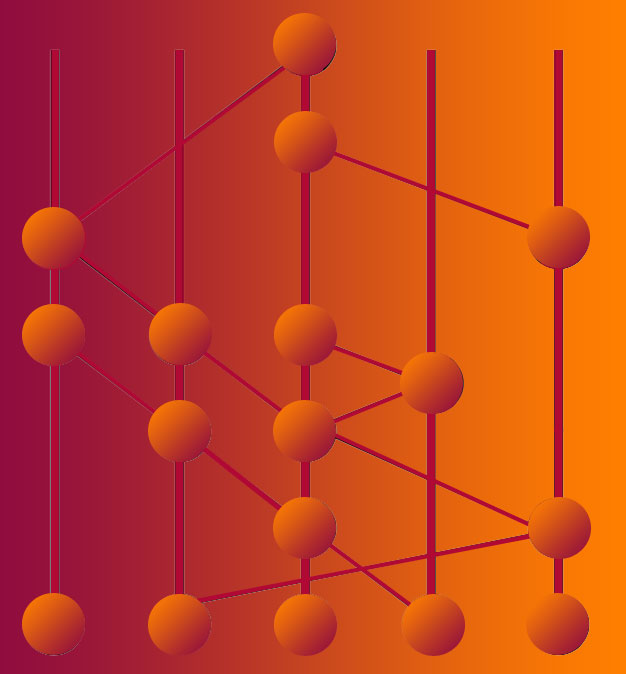Boeing and banking software company FIS are joining the governance council of Hedera Hashgraph, the public distributed ledger. Yesterday the organization also announced that a beta version of its main network would have open access to the public from September 16th. That means any developer with an account can create a decentralized application (dApp).
FIS provides technology solutions to commercial and investment banks as well as insurance. In July it bought the payment processing company Worldpay for $43 billion. It has a market capitalization of $84 billion.
Existing members of the Hedera governing council are Deutsche Telekom, DLA Piper, IBM, Magalu, Nomura, Swirlds (which owns the technology), Swisscom and Tata Communications.
Hedera, which raised $124 million in token offerings, is notable because it’s the closest thing to a public enterprise blockchain. It has many unique features including the fact that technically it’s not a blockchain but a hashgraph. As a result, it doesn’t suffer from the performance issues of many public blockchains and claims to be capable of processing hundreds of thousands of transactions per second.
However, to manage the roll out conservatively, it will initially throttle the speed. So cryptocurrency transactions will be limited to 10,000 per second, and smart contracts and file services each will be ten per second, similar to Ethereum. The plan is to increase this throughout 2019.
“The creation of the trust layer of the internet requires a measured, long-term rollout with responsible stewards, empowered individuals, and a slow coin distribution,” said Leemon Baird, Co-Founder and Chief Scientist of Hedera Hashgraph. “Hedera Hashgraph is taking a thoughtful approach to this deployment.”
While the data is on a public network, the governance of the system is permissioned. The aim is to populate the governing council with 39 organizations which are leaders in their respective fields. We previously explored the governing council. One of the advantages is it will avoid the forks or network splits experienced by Bitcoin and Ethereum.
Another distinguishing feature is that the Hashgraph code base is not open source, Swirlds licenses it to Hashgraph. There are plans to make the code publicly viewable at version one. But as September 16th is the “beta” public rollout, the code will not yet be open to review.






